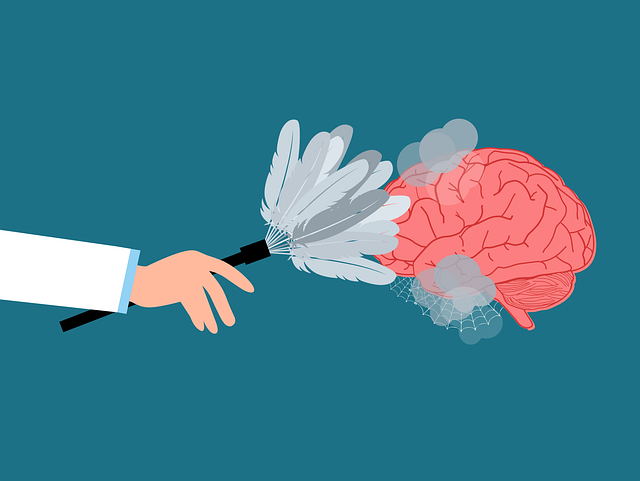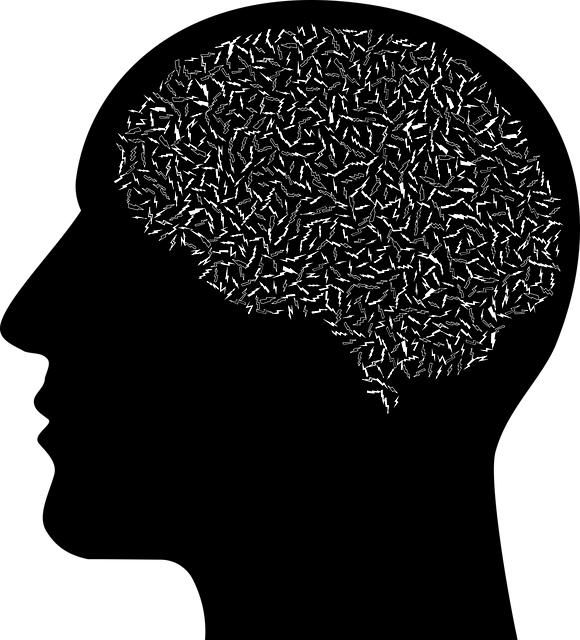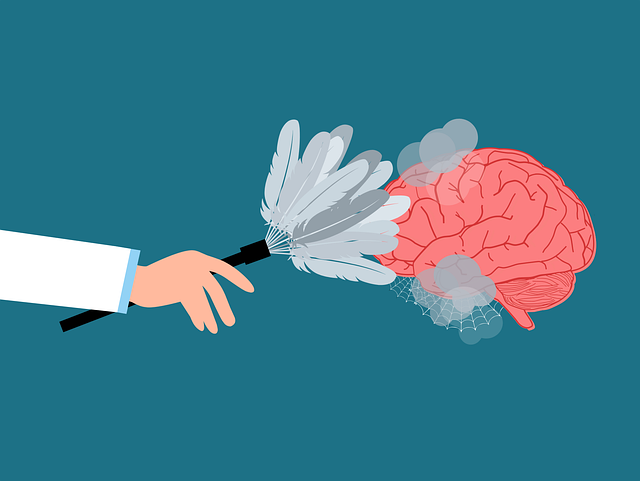Evaluating Highlands Ranch Phobias Therapy uses a blend of quantitative and qualitative methods. Standardized questionnaires measure symptom reduction, while client surveys provide insights into therapeutic experiences, perceived benefits, and suggestions for improvement. This holistic approach allows therapists to tailor interventions focused on trauma support, positive thinking, and mindfulness meditation techniques to meet individual needs. Quantitative assessments, including emotional intelligence metrics, help identify program effectiveness and areas for improvement. Qualitative data collection techniques like interviews and focus groups capture nuanced details about clients' challenges, coping strategies, and therapy effectiveness, ensuring tailored support for each unique need.
Mental wellness programs require rigorous evaluation to ensure their effectiveness and impact on client outcomes. This article explores the comprehensive evaluation methods employed by the Highlands Ranch Phobias Therapy program, a leading treatment center dedicated to addressing anxiety-related disorders. We delve into three key aspects: assessing program impact through quantitative metrics and qualitative feedback, understanding client journeys through case studies, and implementing continuous improvement strategies based on feedback loops. By examining these components, we highlight the program’s success in treating phobias and its commitment to optimal therapy delivery.
- Assessing Program Impact: Metrics and Surveys for Highlands Ranch Phobias Therapy
- – Discussion on quantitative methods: surveys, questionnaires, and metrics to measure the effectiveness of the therapy program.
- – Qualitative data collection techniques for understanding client experiences and feedback.
Assessing Program Impact: Metrics and Surveys for Highlands Ranch Phobias Therapy

Evaluating the impact of Highlands Ranch Phobias Therapy goes beyond mere client satisfaction. Metrics and surveys play a crucial role in understanding the tangible changes in individuals’ lives, tracking their progress, and demonstrating the program’s effectiveness. These assessments often include quantitative measures like reduction in symptom severity, as measured by standardized phobia questionnaires. Such tools help identify specific areas of improvement, allowing therapists to tailor interventions accordingly.
Qualitative feedback from clients regarding their experiences with Highlands Ranch Phobias Therapy is equally valuable. Surveys exploring client perspectives on the therapeutic process, perceived benefits, and recommendations for improvement provide deeper insights into the program’s impact. By combining quantitative data with qualitative reflections, including those related to trauma support services, positive thinking, and mindfulness meditation techniques, therapists gain a comprehensive understanding of each individual’s unique journey toward overcoming their phobias.
– Discussion on quantitative methods: surveys, questionnaires, and metrics to measure the effectiveness of the therapy program.

Quantitative methods play a pivotal role in evaluating the effectiveness of mental wellness programs, particularly in contexts like Highlands Ranch Phobias Therapy. Surveys and questionnaires are powerful tools to gather data from participants, offering insights into their perceptions of therapy’s impact. These instruments can assess various aspects, such as changes in emotional regulation, reduction in specific phobias, and overall satisfaction with the program. By utilizing standardized metrics, therapists can accurately measure progress and identify areas for improvement.
Additionally, metrics focused on emotional intelligence (EI) have emerged as valuable indicators of therapeutic success. High-quality community outreach programs often integrate EI development into their curriculum, believing it enhances participants’ ability to manage emotions and interact effectively with others. Evaluating EI through quantitative methods allows researchers and therapists to understand the long-term effects of these programs, fostering better mental wellness outcomes in Highlands Ranch communities and beyond.
– Qualitative data collection techniques for understanding client experiences and feedback.

In evaluating mental wellness programs, particularly those focused on phobias and trauma, such as Highlands Ranch Phobias Therapy, qualitative data collection techniques play a pivotal role in understanding client experiences and feedback. Methods like interviews, focus groups, and surveys allow participants to share their stories, express emotions, and offer insights into the program’s impact. These approaches are instrumental in capturing nuanced details about clients’ journeys, including challenges faced, coping strategies learned, and the overall effectiveness of the therapy.
Qualitative techniques also facilitate a deeper exploration of clients’ perspectives on various aspects of the program, such as therapist rapport, treatment environment, and therapeutic modalities. This information is invaluable for refining programs like Highlands Ranch Phobias Therapy, enhancing Inner Strength Development, improving Social Skills Training, and ensuring that Trauma Support Services meet the unique needs of each individual.
Evaluating the impact of mental wellness programs, such as the Highlands Ranch Phobias Therapy, is a multifaceted process. By combining quantitative metrics with qualitative surveys, therapists can gain valuable insights into program effectiveness and client satisfaction. This dual approach allows for a comprehensive understanding of the program’s impact on reducing phobias and improving overall well-being. Through ongoing assessment, therapists can refine their practices, ensuring the Highlands Ranch Phobias Therapy remains a leading, evidence-based solution tailored to clients’ unique needs.














